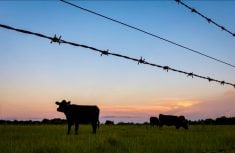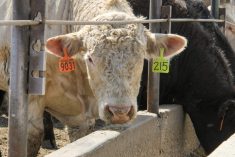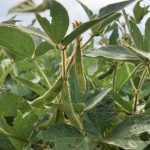MarketsFarm — This year’s canary seed crop in Canada will be smaller than expected, according to Darren Yungmann, board chair of the Canary Seed Development Commission of Saskatchewan.
“Overall, canary seed is one of the most susceptible to the drought when compared to other crops,” he said, noting it’s shallow-rooted and could not access any soil moisture further down.
Yungmann, who farms near St. Gregor, about 20 km east of Humboldt, said prices have been climbing this year and were around 55 cents/lb.
Prairie Ag Hotwire reported canary seed prices were currently 52 to 57 cents/lb. delivered on the Prairies. Over the course of the last 12 months, prices have climbed from 25 cents/lb and reached as high as 58 cents.
Read Also

U.S. grains: Soybeans fall as rapid harvest overshadows China trade hopes
U.S. soybean futures closed lower on Friday as pressure from a fast-advancing U.S. harvest offset early-session support from hopes that upcoming U.S.-China talks could revive stalled soybean trade.
The great majority of the canary seed market has remained in bird feed, although Yungmann noted the crop was approved for human consumption in January 2016.
“But the market is still developing,” he said.
Also, canary seed became an official grain under the Canada Grains Act in 2021.
One issue the canary seed industry has been facing, other than this year’s tough growing conditions, is the global shortage of shipping containers. Yungmann said canary seed is most often bagged and then loaded into containers — and it has been difficult to ship product.
As for next year’s crop, he was uncertain as to what could develop. “It’s hard to say what the market will do. It depends if we get some timely rains or snow to help out growing conditions.”
For the last seven years, canary seed production has been on the rise in Canada, according to Statistics Canada. Production dropped back to 131,000 tonnes in 2013 and had climbed since, topping off at 178,200 tonnes in 2020. But production remained well short of 2004’s record crop of 300,500 tonnes.
This year the federal agency is expecting 112,000 tonnes, which would be the smallest crop since the 100,300 tonnes produced in 1991.
— Glen Hallick reports for MarketsFarm from Winnipeg.













